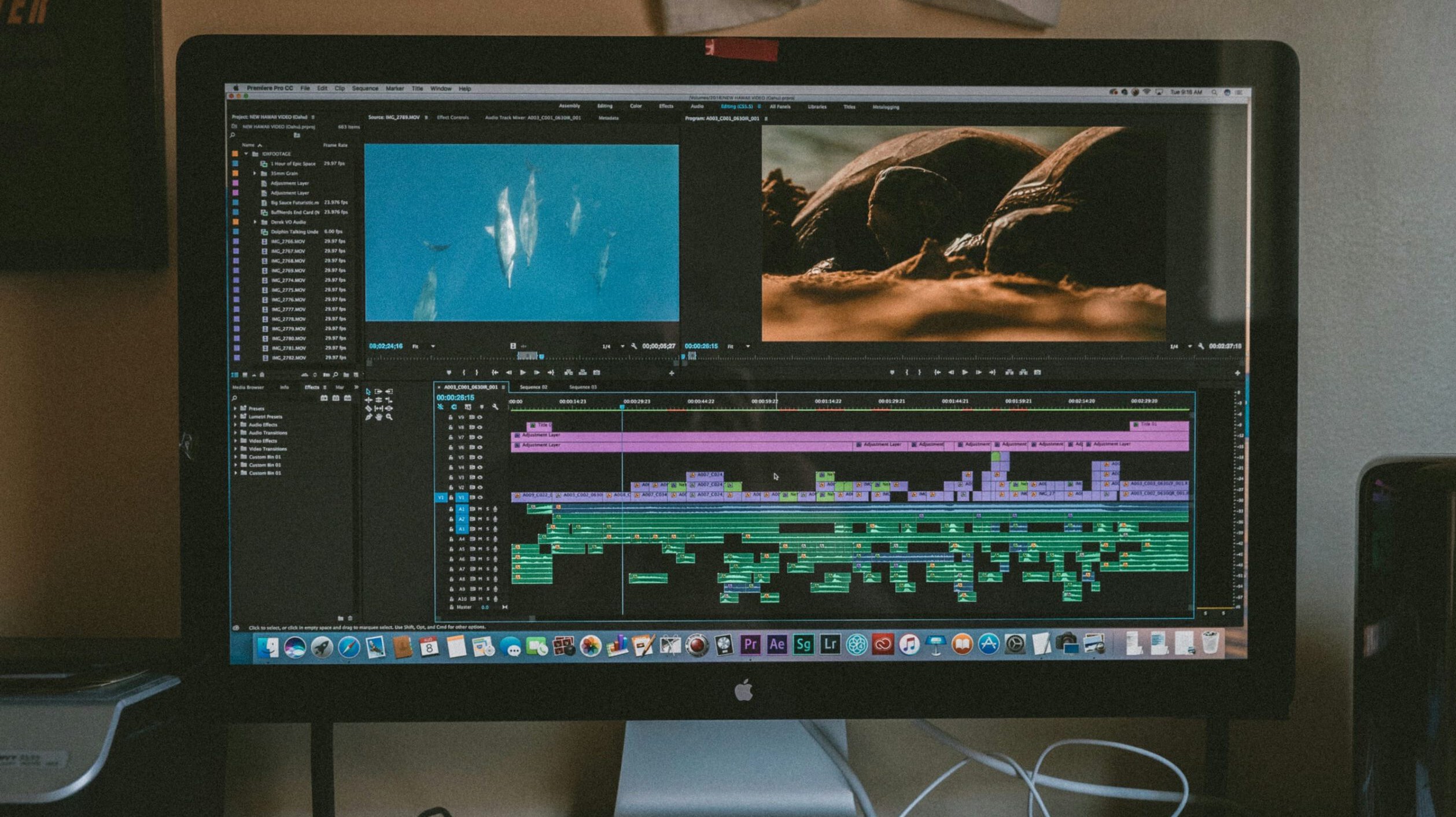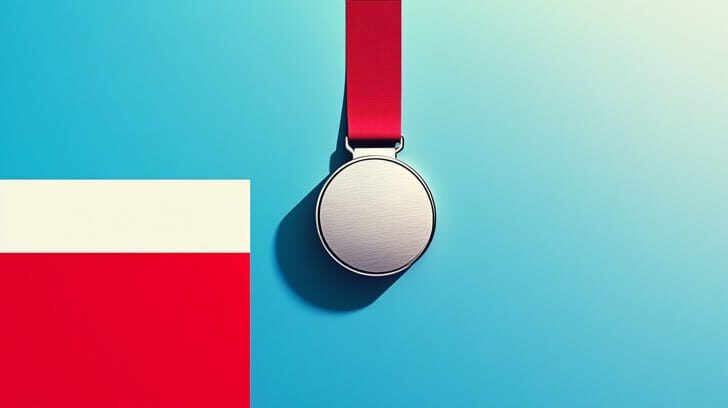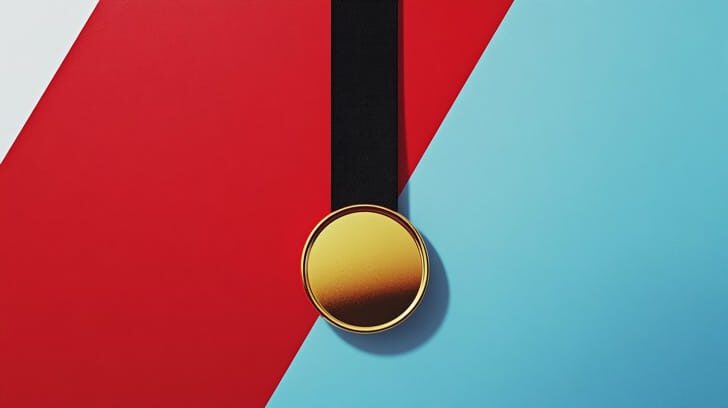The Director-Editor Relationship
From the rough first cut to the final locked picture, short film editing is a process built on trust and collaboration between director and editor. Creative disagreements are part of the journey, but a strong partnership welcomes fresh ideas and values each other’s judgment. My goal is always to support the director’s vision—while offering thoughtful input when it serves the story. In the end, I believe the film belongs to the director, and my job is to help bring their vision to life.


Clear Communication, Smooth Workflow
I understand how frustrating it can be when communication falls apart during post. Missed emails, vague notes, endless revisions—it slows everything down and kills momentum. That’s why I make responsiveness a priority. Whether we’re doing daily check-ins or just exchanging notes on a rough cut, you’ll always know where things stand. I believe good editing is more than just cuts and transitions—it’s about building a relationship where ideas flow easily, deadlines are respected, and the process feels like a true collaboration.
Editing That Serves the Story
There’s a big difference between assembling a sequence and shaping a story. My approach to editing—whether it’s for a short film, trailer, or promotional piece—is grounded in storytelling first. I look beyond the technical to understand pacing, tone, and emotion. I’ll suggest what may work, flag what doesn’t, and adjust as needed until the piece truly clicks. I’m not here to impose a style—I’m here to help uncover and sharpen the story you’re trying to tell, frame by frame.

What is my process for short film editing?
I’ll break it down for you here.
- Gather and Organize Footage
- Before the creative work begins, everything has to be in place. I carefully organize and label your footage into bins—typically by scene, character, or location—to make sure every shot is easy to find when it matters most. Smart organization upfront saves hours later and ensures a smooth workflow throughout the project.
- Watch EVERYTHING
- Yes, everything. Watching all the footage helps me get a feel for your coverage, the performances, and the overall tone. This step is all about absorbing the material so I can start forming an editorial plan that supports your story from the first cut to the final frame.
- Identify Best Takes
- As I watch, I flag which takes are strong, which have technical issues, and which ones stand out for performance or emotion. This early filtering process ensures we’re building the story from the best raw material possible.
- Sort Takes into Good, Better, and Best
- To streamline the edit, I sort usable takes into tiers—Good, Better, and Best—based on strength and story potential. This makes it much easier to experiment during the assembly phase and gives us creative flexibility while staying efficient.
- Assemble Scenes & Build the Rough Cut
- Using the lined script, editor’s notes, and our shared vision, I begin building each scene. This is where your story first starts to take shape. Along the way, I flag any scenes that might need reordering, tightening, or (if needed) reshoots.
- Fine-Tune the Edit
- This is where the magic happens. We work together to refine the pacing, performance, and overall flow of the film. I’ll also begin integrating graphics, titles, transitions, basic sound effects and any visual polish that supports your story without distracting from it.
- Basic Color Grading (Optional Add-On)
- Once we’re close to picture lock, I can apply basic color grading to establish the visual tone of your film. This add-on is great for filmmakers who don’t have a dedicated colorist but still want their project to feel cinematic and cohesive.
- Audio Editing
- Sound can make or break a film. If you don’t have a dedicated sound mixer, I can help clean up dialogue, smooth transitions, and add additional sound effects to ensure your audio matches the quality of your visuals.
- Final Delivery
- When everything is locked and polished, I’ll export your film to meet your specs—whether it’s for festival submission, online release, or screening. You’ll receive a professional-quality file that’s ready to share with the world.
What is the pricing for short film editing?
We offer different tiers for different needs. Have a small budget? There’s a Micro Budget Cut option just for you. Ready to dive in head first, choose the Studio Feature Cut. Whichever you choose, you’ll be sure that your film will be remembered.

Micro Short
- for estimated final runtime of 10 minutes or less
- ~2 hours of footage
Starting at $940

Official Selection
- for estimated runtime of 11 to 29 minutes
- ~6 hours of footage
Starting at $2,812

Spotlight Feature
- for estimated final runtime of 30+ minutes
- more than 6 hours of footage
Starting at $3,900
Add-on Pricing
| Color Grading | $400/day up to 8 hrs then $40/hr afterward |
| Lite VFX | $50-$100 per shot |
| Subtitles or Closed Captions | $50-$200 per video |
